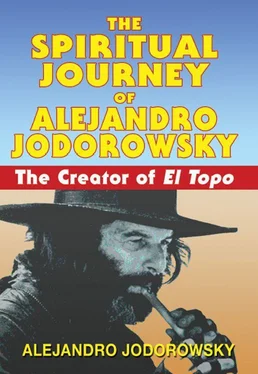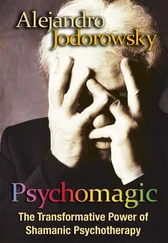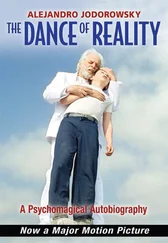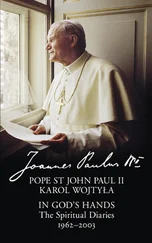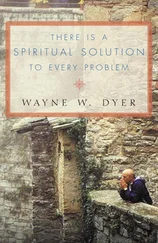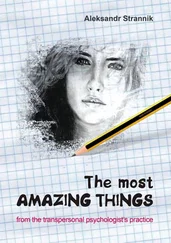I was so upset I squeezed my lips shut tightly, slammed my fist into my other hand, turned red, and breathed heavily through flaring nostrils, like a bull about to charge. Seeing this, Ejo pulled a white fan from his sack and, fanning himself with an air of disdain, gave me a koan: “Remedies heal sickness. The entire earth is a remedy. What remedy is your true being?”
These words fell like rain on the lips of a thirsty wanderer. In a sudden clarity of consciousness, I realized that I was alive for a duration of time that was infinitesimal within the eternity of the cosmos, and what a privilege, a gift, and a miracle this life was. This instant of my existence was the same instant in which the stars were dancing, in which the finite and the infinite were united, in which were united the here and the beyond, the perfume of the air and the memory within all matter, the gods of imagination and unimaginable energy, lights and abysses, colors and blindness, the humble sensitivity of my skin and the ferocity of my fists — but also the miserable peasants, the soldiers, the imbecilic fat man, the passengers in the train chattering like monkeys, the cloud of dust following the bus: all of this was a remedy if I accepted it as such so that it was transformed by my vision. The world is what it is: a remedy instead of the poison I had believed it to be.
Yet I saw that I was repeating constantly the same mistake: setting up a mental border between “inside” (my conception of myself) and “outside” (the world that is not myself). I was living as a subject confronted by an object. Even in saying that the entire earth is a remedy, I was still subtly trying to use an external object to heal my individual self, not realizing that this very separation of myself from the world is its sickness. “The world is my life and essential being. Inasmuch as I do not dissolve this border, I am dead.”
When we got off the train in Mexico City, Ejo made a little bow to me and said: “Yosai, the founder of the Shofukuji Monastery where I spent my youth, was a simple man. He said: ‘I do not have the virtues of an ancient Boddhisattva, but miracles and wonders are useless for teaching Zen.’ One day, a poor peasant begged him: ‘My wife, my children, and I are dying of hunger. Have pity; please help us.’ In those days, there was no spare food, clothing, or valuable objects in the Yosai monastery. Nevertheless, the monk found a piece of copper that had served to make the rays of the halo of a statue of the Buddha. Yosai gave it to the peasant, telling him to trade it for food enough to feed his family. The disciples complained, saying that it was a sin to make personal use of sacred material consecrated to the Buddha. Yosai replied: ‘The Buddha offered his own flesh and limbs to starving beings. Even if I had given the entire statue to this peasant dying of hunger, it would not have been a violation of his teaching, and even if such acts cause me to suffer a dire fate, I will continue to help starving beings.’
“Do you understand now? It isn’t Zen for intellectuals that Mexico needs. I’m going to put away my kyosaku for good. The zendo is finished.”
With a sense of a huge abyss between us, I watched him walk away with long, energetic strides. Remembering this scene, I thought of a phrase from Silver Kane’s novel 953 in the collection Bravo Oeste : “Mounted upon a black horse which seemed to embody the mourning of his master, he lost himself in the shadows.”
For reasons of security, I had to leave Mexico for France. Very little news of my master arrived there. I learned that he had stopped dressing as a monk and had moved. On Insurgentes Avenue he had opened a consultation office called IMARAC, and in 1975 the director of research at the Ryodoraku center in Tokyo officially named him professor of electro-acupuncture in Mexico. He treated sick people, gave courses in acupuncture, and used a Japanese device known as the Tormenter: instead of having traditional needles planted in acupuncture points in the skin, the patient was connected to battery-powered electrodes. For this treatment, a few seconds sufficed instead of the twenty minutes required for the needles.
Many patients came to the clinic to be treated, and a sizeable group of students formed as well. Dressed in a white nurse’s shirt, Ejo offered his teachings at no charge. The institute thrived until certain Mexican professors of medicine learned that epileptics had been cured in a few sessions. They had Ejo charged with the illegal practice of medicine, and he was forced to cease all therapeutic activity. Following this, he filled his small truck with bags of soybeans and left the city to live with the Indians in the Sierra Tarahumara. For many years, I lost all trace of him.

And he hugged her tightly in his arms, because he knew that this person, condemned to death, was the woman of his life.
SILVER KANE, VERDUGO A PLAZOS
(EXECUTIONER ON CREDIT)
When I saw her at the Ethnology Museum of Mexico, Reyna D’Assia was explaining the Aztec solar calendar to a group of Americans, men and women dressed in an Eastern style, like the figures in the paintings of Jean-Léon Gérome. That same morning, in the conference hall, I had given screening of my film El Topo for a group of journalists. In a humorous mood, I had dressed as a cowboy: black leather pants and overcoat, black silk shirt, large hat, and a belt with a white-handled revolver in its holster. When the screening was over, the critics treated me to insults: pernicious, foreign vermin; raving egomaniac; donkey murderer; and so forth. I left the room, wandering the halls, trying to calm my rage.
From afar, I was attracted to Reyna D’Assia’s outlandish group. Her eyes met mine and held them. She let out an exclamation of surprise, opened her arms, and ran toward me. I actually thought she was running toward someone else until she embraced me with great warmth. I was disconcerted. In spite of her crazy turban, her lacy blouse, her bangled vest, her multilayered gauzy skirt, and her frizzy hair, which spread out like an aura of black tar, she was a woman of irresistible charm, with proud breasts, a luxurious bottom, and two azure wells for eyes. Holding onto me, she spoke with a deep voice and warm breath.
“Three days ago, I saw your film in New York. I fell in love with El Topo, that bandit who is at heart a visionary rabbi. I decided to come to Mexico. My excuse was to teach my group about the secrets of the Aztec calendar, but my real goal was to meet you. So you see? When your mind formulates a wish with true passion, it appears before you in the mirror we call reality.”
Her strongly perfumed skin stirred up a kind of madness in me. I allowed her to take me by the hand out into the street, where she hailed a taxi. During the drive, she kissed me with passion. When we arrived in her hotel suite, she undressed hastily, kneeled on all fours with her back turned to me, and lowered her head to the floor, forbidding me to undress. Then she asked me to penetrate her still dressed in my leather cowboy outfit, hat, and boots.
With mad excitement amplified by the intense wetness of her vagina, I entered her with a fierce thrust of my thighs. I was about to begin the back-and-forth when I was paralyzed by a sudden cry of, “Stop! Don’t move! I want you to serve as the axis of my passion!”
With amazing agility and a precise use of my own body for support, she turned around so that she was facing me, her thighs around my waist, her feet crossed behind my back, and her own forehead pressed against mine. In this new position, I was overcome once more with the desire to thrust inside her Eden, but she nipped this in the bud with a “Stop!” so imperious I had no choice but to obey.
Читать дальше
